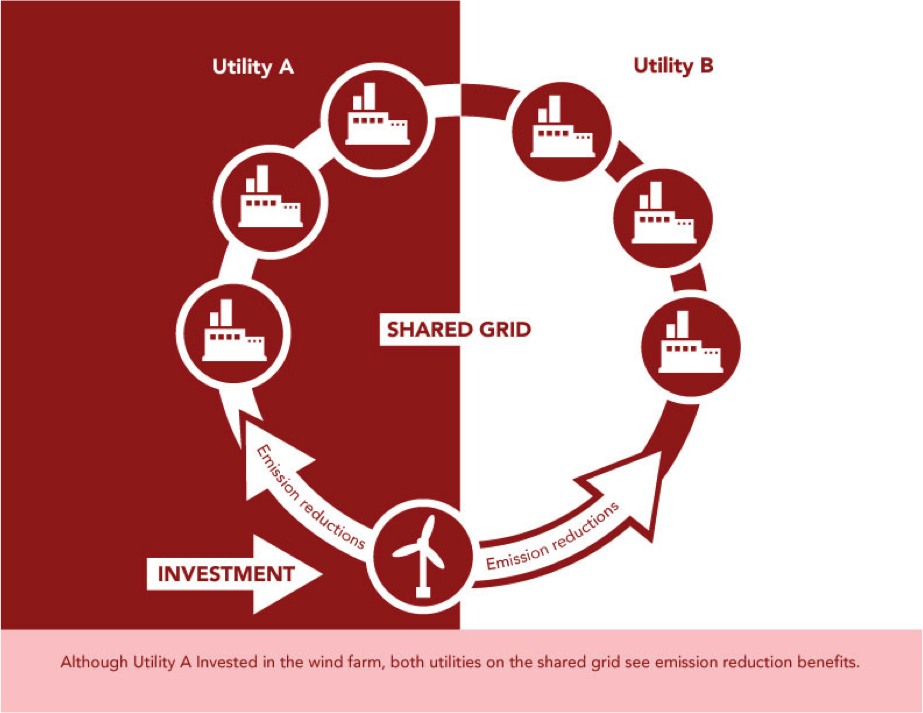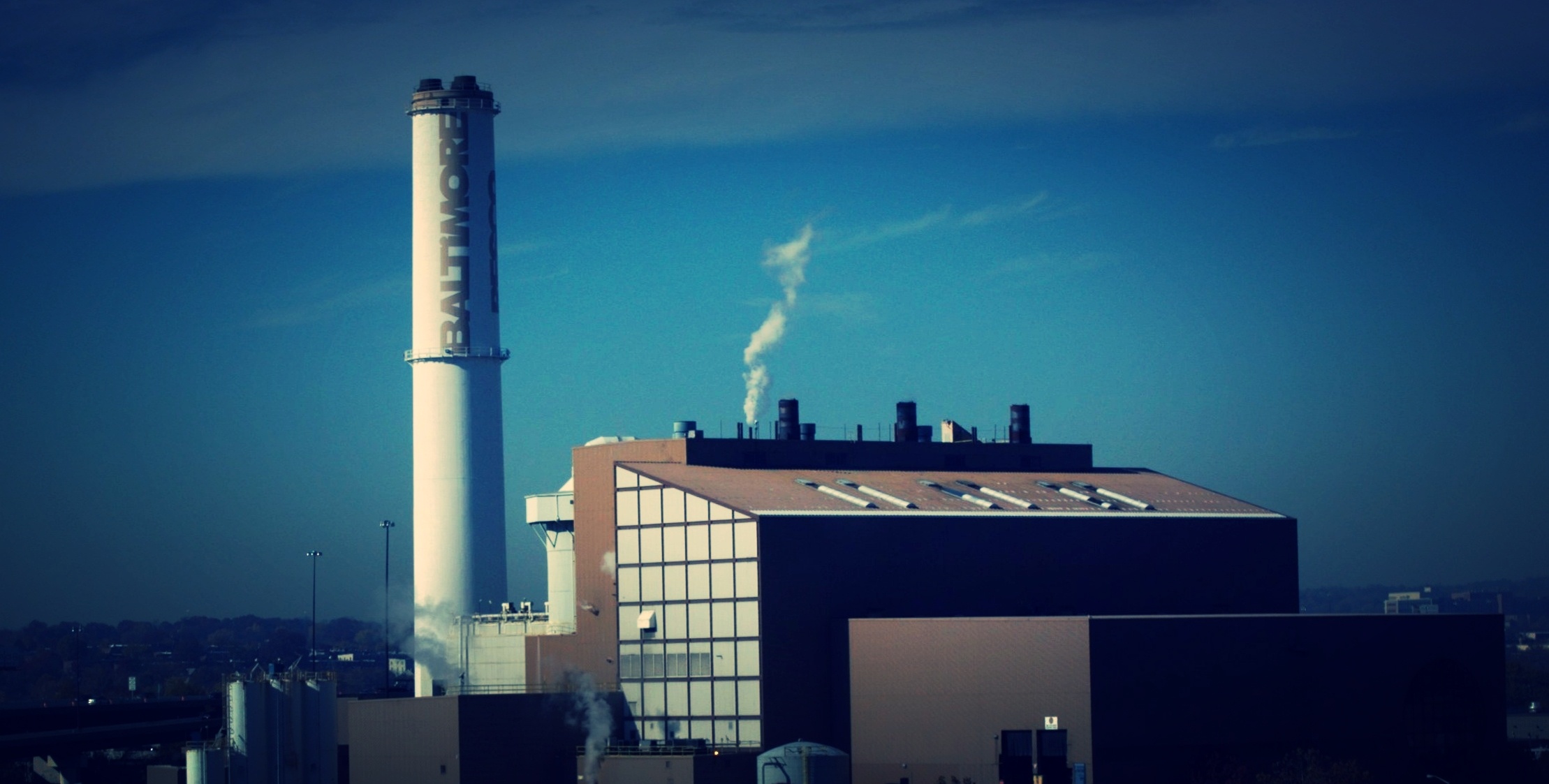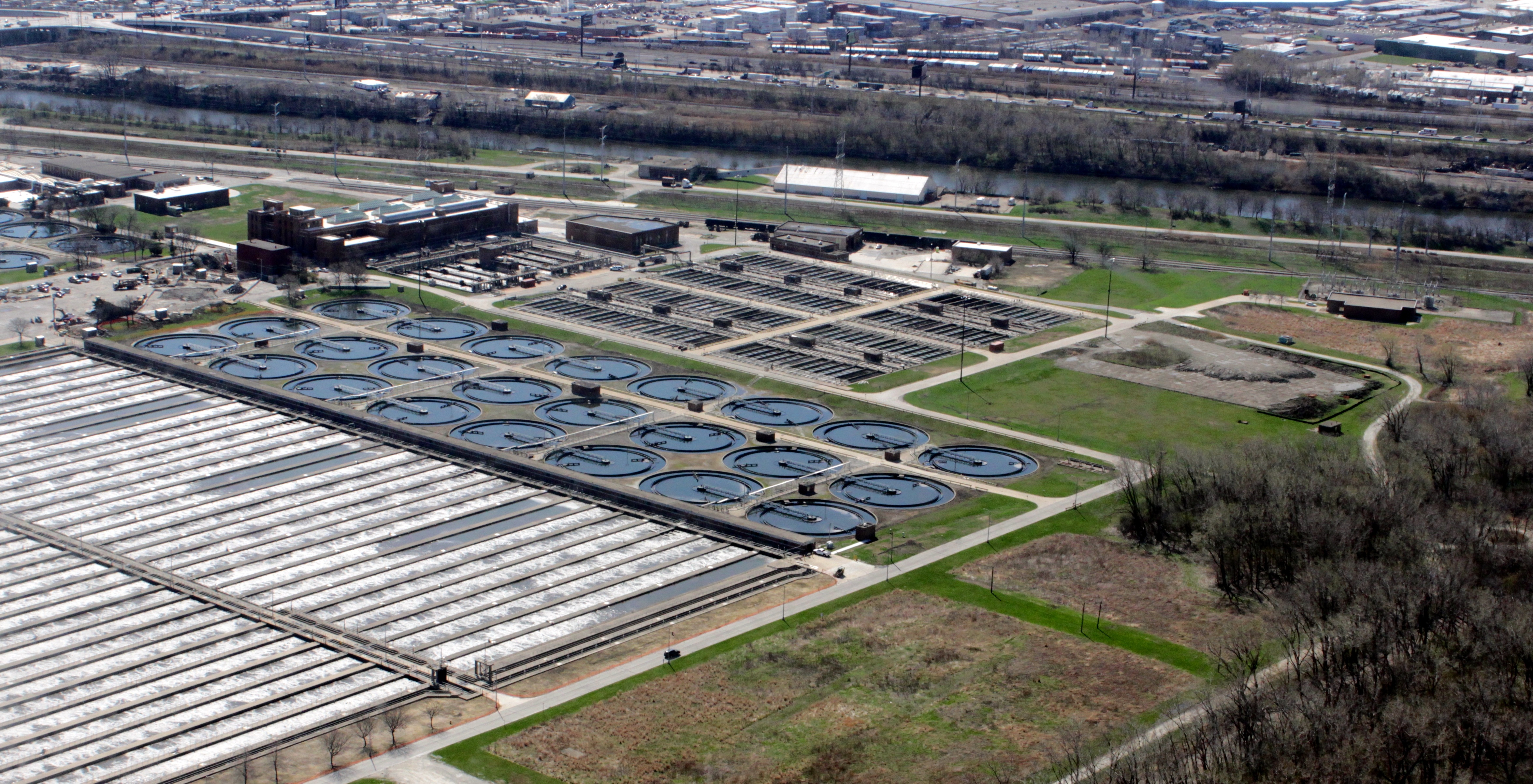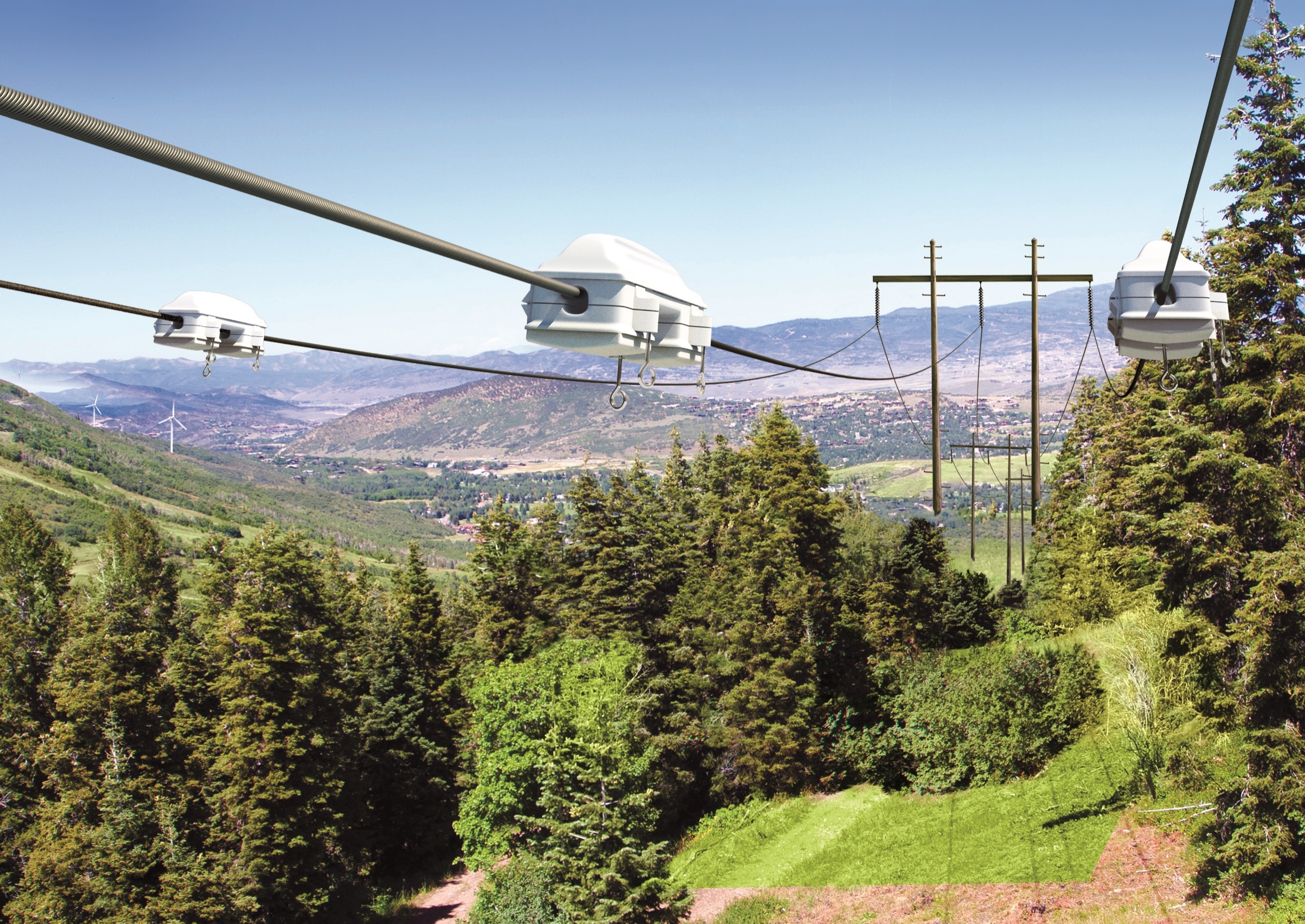This post is one in a series featuring the complete slate of advanced energy technologies outlined in the report This Is Advanced Energy.
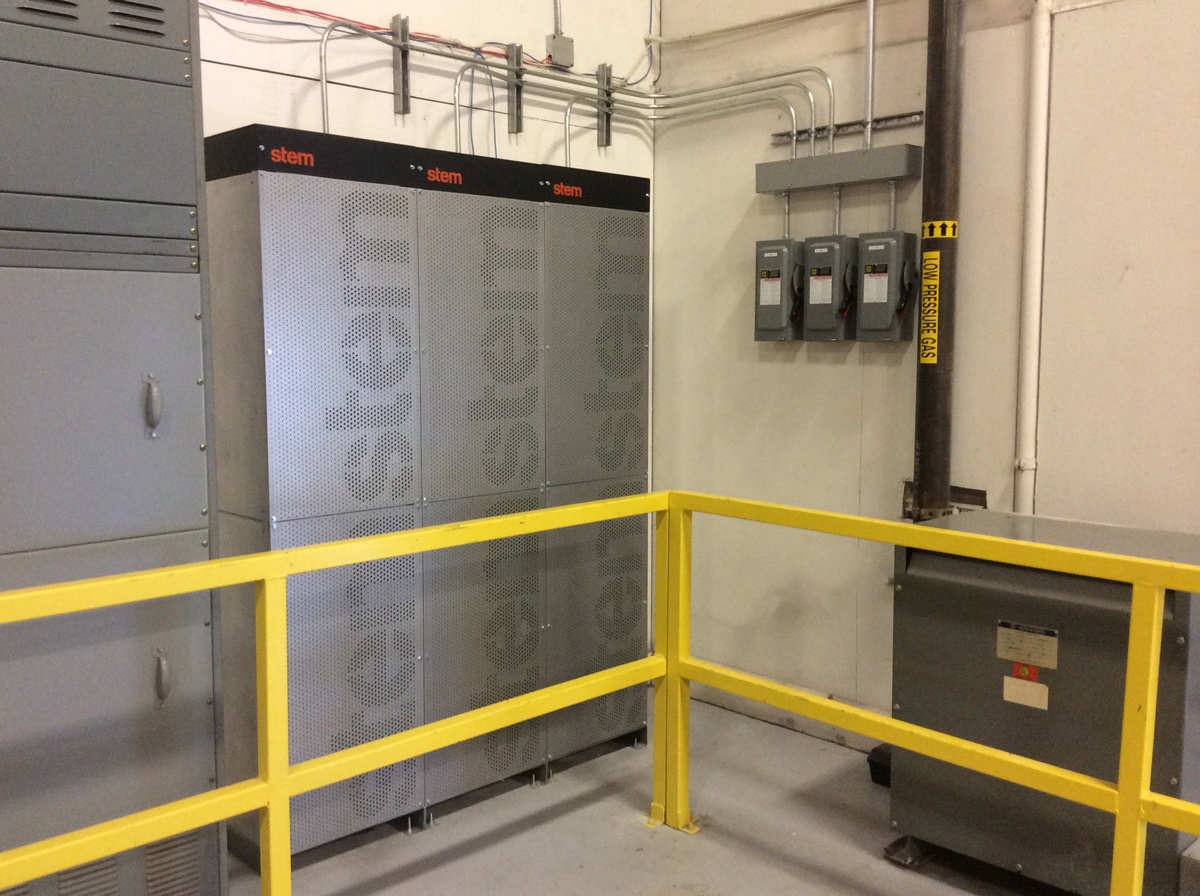
Image courtesy of Stem, Inc.
Without energy storage, electricity must be produced and consumed instantaneously, requiring generating capacity to be built and available to meet peak demand no matter how rarely peaks occur. To relieve this requirement, several energy storage technologies are currently mature and commercially available, including pumped hydro, compressed air energy storage (CAES), flywheel systems, electrochemical batteries such as sodium-sulfur batteries and lithium- ion batteries, flow batteries, and thermal storage. These technologies take in electrical energy when it is produced and store it as kinetic, chemical, thermal, or potential energy for conversion back to electricity when needed.
